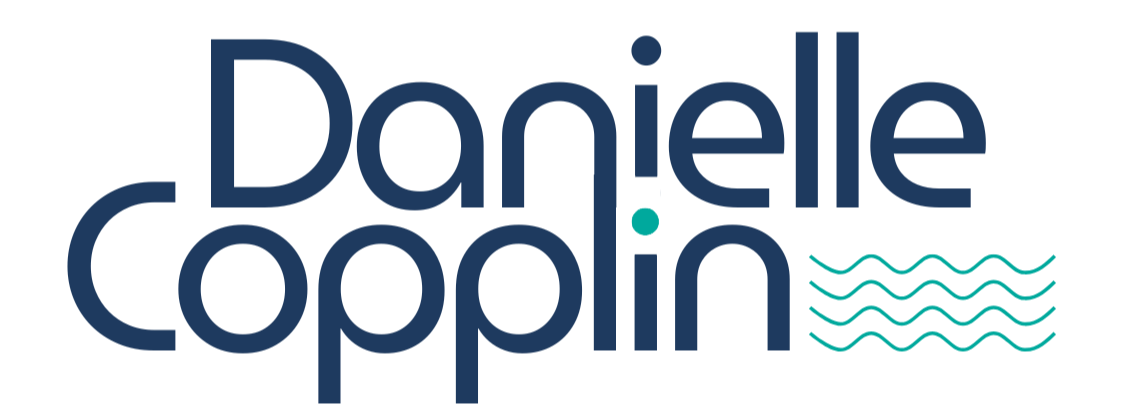Applying Neuroscience in the Clinic: Making Brain Science Actionable for Health Professionals
- Danielle Copplin

- Apr 27
- 3 min read
Updated: May 9
As health professionals, our shared goal is to deeply understand our clients and provide the most effective support. We continually build upon our research knowledge, professional development, and clinical experience. A crucial, yet sometimes overlooked, area that can significantly enrich our practice is neuroscience.
Often, neuroscience might seem confined to academia – fascinating, undoubtedly, but perhaps abstract when considering the demands of a busy clinic. How can we bridge the gap between complex brain science and the practical realities of therapy sessions and client consultations?
The encouraging truth is that integrating key neuroscience principles is achievable and highly beneficial. It’s about grasping core concepts related to brain development, function, and adaptation, particularly concerning neurodivergence. Insights from developmental cognitive neuroscience and neuropsychology strongly underscore the value of this integration. Understanding the 'why' behind our clients' experiences and our interventions can elevate our practice.
Why Bring Neuroscience into Your Practice?
Integrating a neuroscience lens offers several key advantages for clinicians:
Deeper Understanding
It facilitates moving beyond observing behaviours to considering the potential underlying neural mechanisms. This leads to more nuanced assessment, richer case formulation, and a more holistic view of the client.
More Targeted Interventions
Understanding how interventions might influence brain function (e.g., leveraging neural plasticity, supporting specific brain networks) allows for more informed selection and tailoring of therapeutic strategies.
Enhanced Client & Family Education
Explaining challenges using accessible, brain-based concepts can be incredibly validating and empowering. It helps demystify difficulties, fostering hope and increasing collaborative engagement with therapeutic strategies. (e.g., "It's not a lack of effort; it relates to how this part of the brain is developing and functioning right now.")
Improved Interdisciplinary Communication
Utilising a shared language around brain function, even using basic concepts, can strengthen collaboration and understanding amongst the different health professionals supporting a client.
Making Neuroscience Accessible: Foundational Concepts
The field is vast, so focusing on core principles relevant to development, neurodiversity, and therapeutic change is most effective:
Neural Plasticity
The brain’s remarkable capacity to reorganise and adapt based on experience. This principle is the very foundation of therapeutic change and explains the importance of targeted repetition, intensity, and specific types of practice in driving progress.
Brain Development Timelines
Appreciating the general sequence of brain maturation (e.g., sensory and motor areas developing earlier, prefrontal cortex responsible for executive functions maturing into adulthood) provides crucial context for developmental expectations and understanding variations.
Key Brain Networks
A foundational awareness of networks underpinning functions like language, motor control and sensory processing, or emotion regulation and social cognition helps contextualise client strengths and challenges.
Neurodiversity Affirming Perspective
Viewing neurodivergent brains (e.g., in autism, ADHD) as representing natural variations in neurological development, rather than inherently 'deficient' models. Neuroscience helps illuminate these differences in structure and function, guiding us towards acceptance and support strategies that align with individual brain profiles.
Practical Integration Points:
How can these concepts translate into tangible clinical actions?
Assessment & Formulation
When assessing a child with attention regulation challenges, considering the developmental stage of their prefrontal cortex and related executive function networks adds significant depth. For health professionals, understanding sensory processing from a neurological perspective informs assessment beyond behavioural checklists, looking towards underlying mechanisms.
Intervention Planning
The question becomes: How does this chosen intervention leverage neural plasticity? For instance, many OT approaches for motor skills actively work on cortical reorganisation. For speechies, techniques targeting phonological processing aim to build specific neural pathways essential for literacy. For psychologists, strategies enhancing emotional regulation often focus on strengthening connectivity between the prefrontal cortex and limbic structures.
Client Education
Frame explanations in simple, brain-based ways. Instead of just "practice this," consider explaining: "Each time we practice this, we're helping to build and strengthen the connections in the brain area used for [skill], making it more efficient over time." For families navigating meltdowns, explaining the neurobiology of stress responses (e.g., amygdala activation vs. prefrontal control) can foster empathy and guide co-regulation approaches.
Start Small, Stay Curious
Integrating neuroscience doesn't mean discarding existing skills or requiring an immediate, radical shift. Begin by exploring one concept that resonates – perhaps neural plasticity or the development of executive functions. Seek out reputable resources aimed at clinicians, and consciously reflect on how that concept applies to one or two clients.
By thoughtfully weaving these insights into established clinical skills,
health professionals can deepen their understanding, refine therapeutic approaches, and ultimately provide even more effective, empathetic, and empowering support.
What specific neuroscience topic would you like to see covered on the blog? Let me know!
Disclaimer: This blog post is for informational purposes only and is not a substitute for independent research that is specific to the needs of an individual patient / client.




Comments